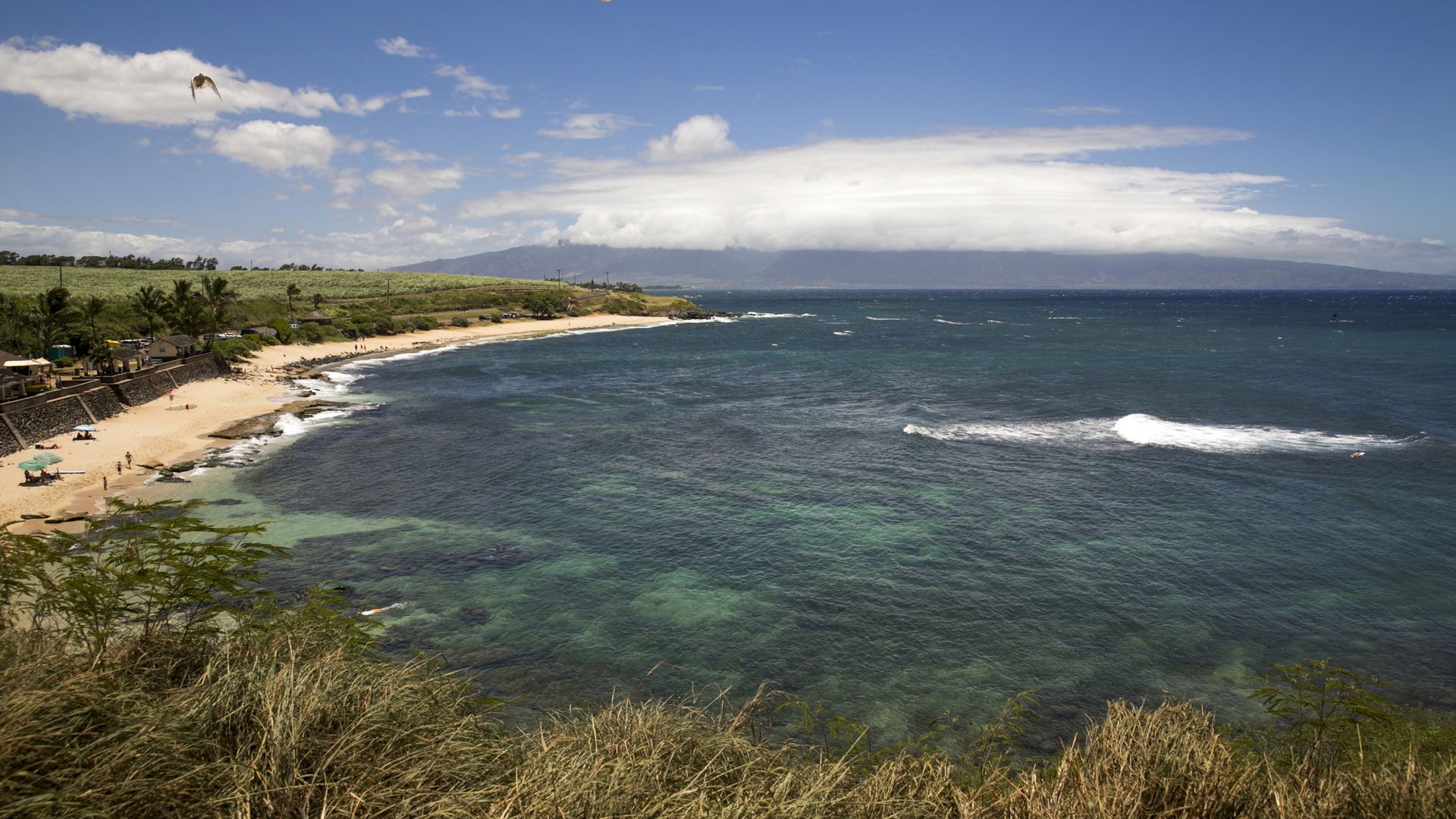
My son, Adam, and I made several attempts to plan a climb of Burnt Mountain in Carrabassett Valley over a two-month period. Our competing schedules interfered at every juncture. We finally connected on Sunday, Jan. 21.
There was a downside to that date. Powerful winds and frigid wind chills were forecast. After some deliberation, we decided to pack for extreme conditions and give it a try.
Located a short distance east of Sugarloaf Mountain, Burnt Mountain, also known as Burnt Hill, is little brother to its taller companion. Situated in a mountainous region, the 3,595-foot peak is often overlooked by hiking enthusiasts.
The 5.5 mile out-and-back hike entails about 1,900 feet of elevation gain, and the extensive barren summit cone provides remarkable 360-degree views.
Scaling the boulder-strewn alpine zone is usually an exciting and challenging endeavor since it’s frequently covered with ice and windswept snow in winter.

Since we were anticipating severe above-treeline conditions, significant consideration was given to how we dressed and what we selected for gear. Each of us carried snowshoes, microspikes, emergency gear, a down-filled parka and pants, a headlight and spare batteries, energy food, plenty of water and additional layers of clothing.
We were prepared to survive the night if necessary.
Skies were clear and temperatures in single digits when we met at the trailhead on the northwest side of the mountain.
The excursion began on an unexpectedly positive note. Previous hikers had broken trail in about a foot of new snow, leaving a hard packed surface on which to hike.
We didn’t know though whether the trail was broken to treeline and what was required for footgear in the alpine zone. We decided carrying the added weight of snowshoes was the prudent choice as postholing — sinking to your knees with each step — in deep snow is exhausting and time-consuming.
We began the trek following a narrow path in a mixed hardwood and conifer forest. Sheltered from the worst of the wind, we were comfortable while proceeding along a partially frozen mountain stream. We skirted blowdowns in a couple of areas and cautiously negotiated two precarious stream crossings.
After a short mile, we traversed two downhill ski trails and began climbing more steadily. When we encountered a precipitous wooded escarpment, the path angled right and rose more gradually.

Once we circumvented the vertical gradient, we turned left and progressed upward through steep terrain in a dense conifer forest.
Sparse stunted tree growth indicated we were nearing treeline. Clamorous winds were gusting above. We halted in a protected area to prepare for the blustery, arctic environment.
We donned our hooded parkas and activated hand warmers in anticipation of harsh wind chills. Unsure of what to expect for surface conditions, we began in bare boots. Entering the turbulent world, a spectacular view of Sugarloaf Mountain was an immediate reward.
The inhospitable landscape was a bewildering combination of ice, hardened snow and exposed rock, which left no ideal choice for footwear. Snowshoes were unnecessary and an impediment in the gusty winds so we left them behind. Experiencing difficulty maintaining stability wearing just boots, we quickly affixed microspikes.
The summit is about a half mile above the treeline. Although problematic on bare rock, microspikes were otherwise invaluable. The wind was primarily behind us as we guardedly ascended trying to avoid a fall.
The two most significant difficulties were keeping our balance in the formidable winds and locating cairns camouflaged with ice and snow.
We persisted over a steep rugged incline that appeared to be the top. Alas, it was a false summit. The large summit cairn was now visible a few hundred yards farther up. We labored on.

Arriving at the pinnacle, we briefly removed our mitts to take a few quick photos. We spent perhaps two minutes embracing the wonderful views before beginning our return.
Persevering into an icy headwind, we reminded one another that the descent in the alpine zone was the most hazardous part of the trek.
Our careful return to the treeline was thrilling but otherwise uneventful. Exuberance was overflowing during our easy hike down.
We shared a high-elevation report with three climbers who were heading up. Well-prepared, they expressed confidence.
My book, “Maine Al Fresco: The Fifty Finest Outdoor Adventures in Maine” narrates nine more mountain hikes, including several stormy winter excursions










